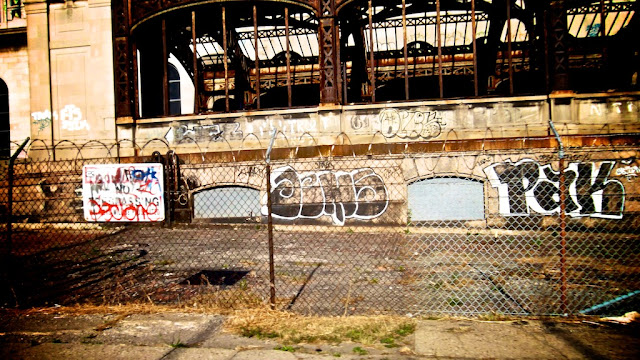Urban Planning Trends are Bad Medicine
Smokestack chasing. Garden cities. Tactical Urbanism. New Urbanism. Creative cities. What do all these have in common? They all reveal the greatest weakness of urban planning as a discipline. The reliance upon urban development trends, which shift every few years, has ruined neighborhoods, devastated communities, and undermined economies. Yet we keep doing it.
When I was a graduate student, sustainability was the utmost priority. And for the last few years, every planning and design firm advocates bolstering resilience as the prescriptive cure for cities ensnared by poverty, conflict, or natural disaster. But how do any of these concepts actually make a difference in the field of urban planning? While they may posit some degree of merit by creating philosophical or operational frameworks for positive action, they do far more to impend weakness upon a community.
Anyone can read a book about the creative class and push for their city to open more coffee shops and tattoo parlors. But an urban planner is trained to measure problems so as to determine solutions, not just impose preconceived ideologies upon a space or population. Measurement is the core of urban planning. The ability to fuse social, economic, spatial, environmental, and cultural data into an observable model provides planners the ability to determine structural weaknesses in a community. These structural weaknesses may be offset through direct internal realignment, manipulation of broader legal frameworks, or offset by outside interventions. But the application of broad concepts as a cure-all is not a solution, it simply is a waste of resources, or at worst, an act of imperialism.
Certainly urban planning trends are drawn from observable social processes. And many of the ideas, such as sustainability, are not bad things on first review. But when New York city planner Robert Moses proposed putting a highway through East Village, he was simply subscribing to the values of the day. He believed that cars and highways were positive tools of progress. He believed that the old communities were dirty and backward. He was doing the residents of the East Village a favor by installing this highway, to connect them to all of New York and the rest of America. It never occurred to him that they would want, or deserve, something different.
One of my first projects as an urban planner was to conduct an impact analysis for a wind turbine farm in rural West Virginia. Thousands of acres of virgin forest were to be destroyed to install wind turbines which would route the power to New Jersey. The residents of the local community were outraged. Yet entrapped by poverty, these residents did not own the land around them. It was the property of coal companies and the US government. They could no nothing but watch their lands be destroyed. New Jersey of course didn't mind ruining one community to facilitate its own energy needs. After all, wind energy is sustainable.
What we as urban planners believe to be true and good in ideology can just as likely wield a terribly destructive power. In that regard, is it not better to forgo all ideologies? Perhaps it is better to attend the intricacies of measuring complex systems. We must recognize that every method of measurement imposes a value upon the outcome, and so we must place greater attention and selectivity upon this primary step in the planning process. If a given system of measurement works in one location, it will not necessarily work in another. So how then can we presume that outputs are transferable?
Good urban planners will not invent the wheel every time they approach a settlement. They will aslo not limit themselves to particular methods or ideology. In the same way a good musician will not say simply "I am a jazz guitarist" or "I am a rock guitarist," rather, a good musician will study all forms of music so at the moment of performance he may play freely, not thinking about "I must infuse a minor third on the next note to get a given result." When trapped by conventions such as style or planning trends, the intentional application of convention will undermine the effectiveness of the final product. Urban planners trained to measure and respond will forever create better solutions for community problems than those who apply preconceived notions of community or development.

